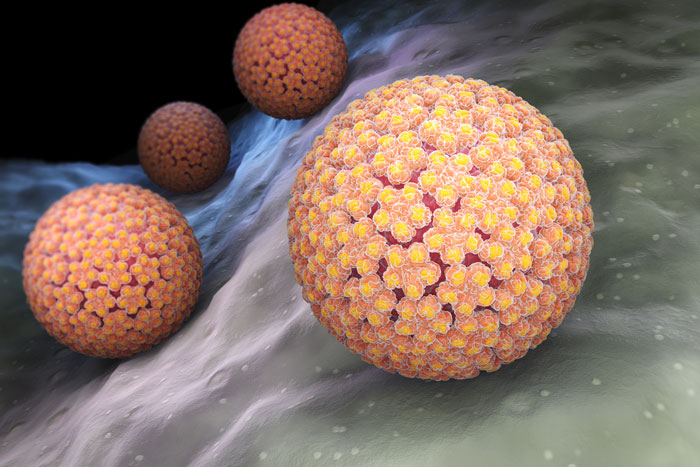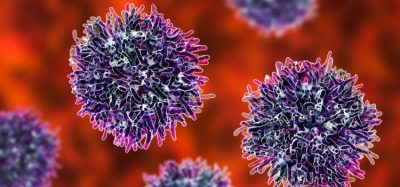New screening method for HPV-positive head and neck cancer
Posted: 17 April 2024 | Drug Target Review | No comments yet
A urine-based test that detects ctDNA from HPV-positive head and neck cancers could facilitate its early detection.


Scientists at the University of Michigan Health Rogel Cancer Center have created a urine-based test that detects DNA fragments released by head and neck tumours. As this cancer type does not currently have a reliable screening method, this could facilitate its early detection and result in improved patient outcomes.
Human papillomavirus (HPV) is widely recognised for causing cervical cancer. However, HPV is increasingly found to cause cancers in the mouth, throat and other head and neck regions. Using whole genome sequencing, the team showed that cell-free DNA fragments released by tumour cells, which are passed from the bloodstream into urine through the kidneys, are mostly ultra-short. Having fewer than 50 base pairs, their small size means that they are likely to be missed using conventional urine or blood-based liquid biopsy tests in detecting circulating tumour DNA (ctDNA).
Co-first author of the study and research specialist Dr Chandan Bhambhani explained: “In this study we provide evidence to support the hypothesis that conventional assays do not detect ultrashort fragments found in urine, since they are designed to target longer DNA fragments. Our team used an unconventional approach to develop a urine test for HPV-positive head and neck cancer ctDNA detection.”
This mail-in test is still in the discovery phase and has already been distributed for research purposes to patients within a hundred-plus miles from Ann Arbor. This will enable scientists to gather data on the efficacy of the at-home kit. The participants’ urine sample is shipped back to the U-M laboratory, where the testing can be done to detect whether head and neck cancer is present.
Dr Chad Brenner, associate professor of otolaryngology-head and neck surgery and co-senior author of the study, said: “One of the most remarkable outcomes of this study is that the test that has been developed has detected cancer recurrences far earlier than would typically happen based on clinical imaging. As such, these promising results have given us the confidence to broaden the scope of the study, seeking to expanding distribution even further.”
Although initial studies have only focused on head and neck cancer, the new paper describes that this new method that could be applied to expand the test to detect other cancers. For example, the test was shown to detect ctDNA in the urine of patients with breast cancer and acute myeloid leukaemia (AML).
“Many people are not aware that urine carries information about many different cancer types, although it is made in the kidneys. Our findings about the difference in ctDNA fragment sizes and the test we developed for HPV-positive head and neck cancer detection provide crucial information on how urine-based diagnostic assays can be developed for different cancers,” Dr Bhambhani elucidated. “Further, these types of tests are likely to have a much higher compliance in patients requiring follow-up testing post treatment, due to the convenience of self-collection of samples, when compared to blood-based assays.”
This study was published in JCI Insight.
Related topics
Cancer research, DNA, Oncology, Screening
Related conditions
Cancer Research, Head and Neck cancer
Related organisations
University of Michigan Health Rogel Cancer Center








